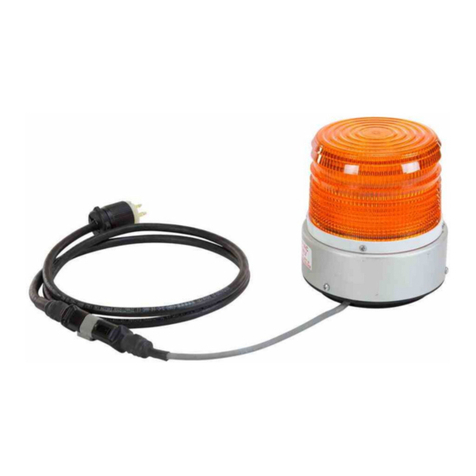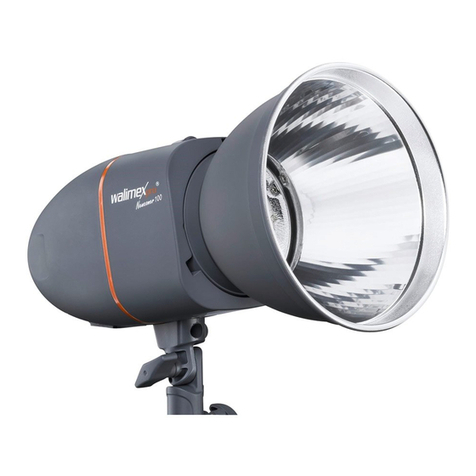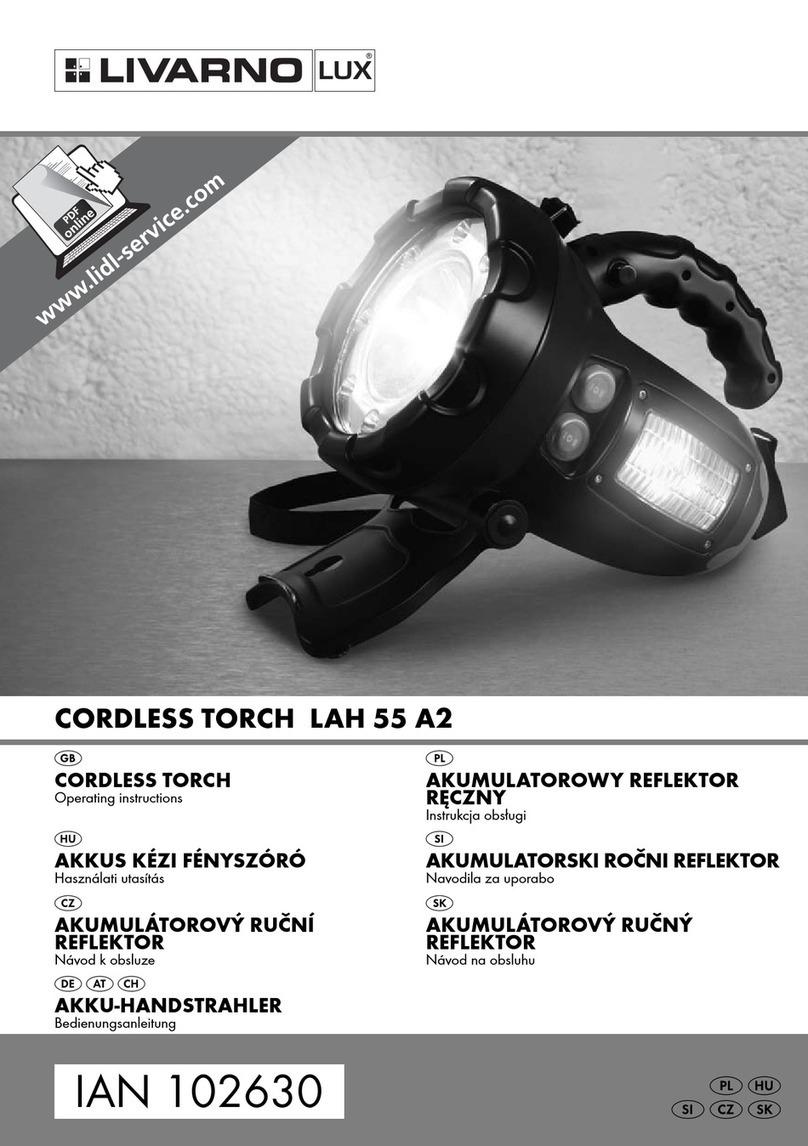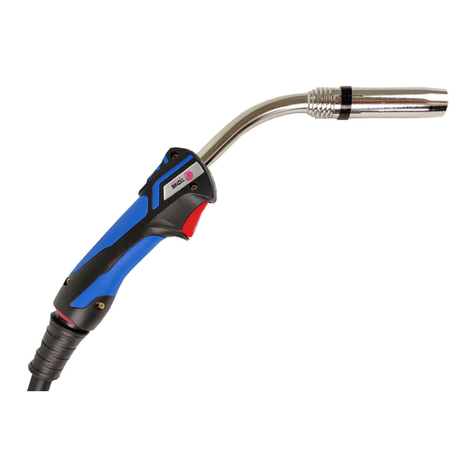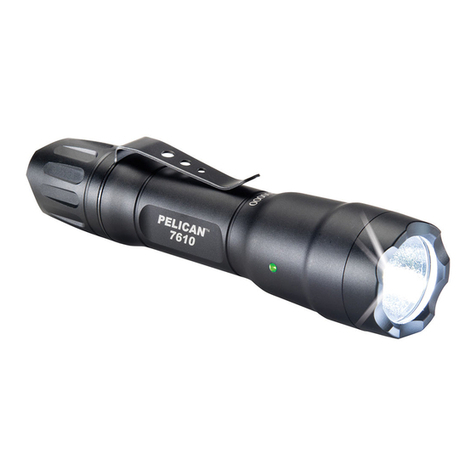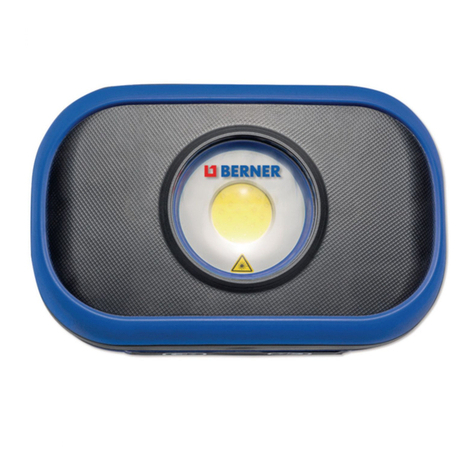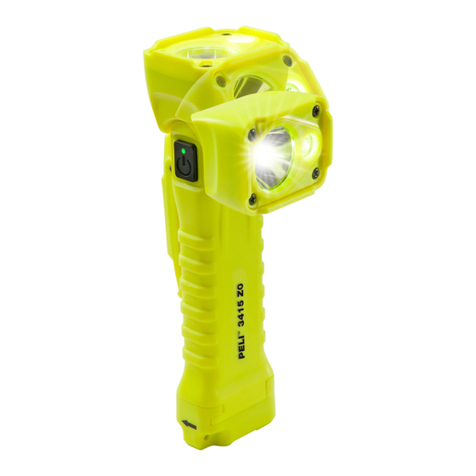- 39 - - 40 -
4. Wireless Flash Shooting
H
MODE
MENU
OFF/ON
GR/CH
Wireless Flash Shooting: Radio (2.4G) Transmission
3. Setting the Communication Group
Short press the < GR/CH > Button to choose group ID from A to E.
Positioning and Operation Range (Example of wireless flash shooting)
● Autoflash Shooting with One Slave Unit
● Use the supplied mini stand to position the slave unit.
● Before shooting, perform a test flash and test shooting.
● The transmission distance might be shorter depending on the conditions such as positioning of slave units, the
surrounding environment and whether conditions.
Transmission distance is about 80m
H
MODE
MENU
OFF/ON
GR/CH
H
MODE
MENU
OFF/ON
GR/CH
1. Wireless Settings
Press < > Wireless Setting Button again until < > is displayed on the panel.
Long press the <GR/CH>
1Button for 2 seconds so that
channels ID is displayed on
the LCD panel.
Turn the Select Dial to choose a
2channel ID from 1 to 32.
Press the <SET> button to
3 confirm.
AD600B adopts Godox 2.4G wireless X system, which has good compatibility with other products of our company.
As a slave unit, AD600B is automatically compatible with Canon E-TTL II system and Nikon i-TTL system according
to the master unit. When receiving the master unit’s signal, “C” or “N” will be displayed on the LCD panel.
Nikon cameras (use X1T-N, TT685N, etc.) and Canon cameras (use X1T-C, TT685C, etc.) can use one or more
AD600B flashes simultaneously.
*As a slave unit, AD600B can be controlled by the following master units: AD360II-C, AD360II-N, TT685C, TT685N,
X1T-C, X1T-N, TT600,etc.
2. Setting the Communication Channel
If there are other wireless flash systems nearby, you can change the channel IDs to prevent signal interference. The
channel IDs of the master unit and the slave unit(s) must be set to the same.
Wireless Flash Shooting: Radio (2.4G) Transmission
H
MODE
MENU
OFF/ON
GR/CH
Flash Mode — M: Manual Flash
The flash output is adjustable from 1/1 full power to 1/256th power in 1/3rd stop increments. To obtain a correct
flash exposure, use a hand-held flash meter to determine the required flash output.
Press < MODE > button so
1that < M > is displayed.
Turn the Select Dial to choose a
2desired flash output amount.
Press < SET > button again
3to confirm the setting.
1/4
1/2
1/1
1/1–0.3
1/2+0.7
1/1-0.7
1/2+0.3
1/2-0.3
1/4+0.7
1/2-0.7
1/4+0.3
······
······
Press < MENU > button to enter C.FN-SLAVE to choose S2 function, so that this flash can also function as an
optical S2 secondary flash with optical sensor in M manual flash mode. This is useful when cameras have pre-flash
function. With this function, the flash will ignore a single “preflash” from the main flash and will only fire in response
to the second, actual flash from the main unit.
Optical S1 Secondary Unit Setting
In M manual flash mode, press <MENU> button to enter C.FN-SLAVE to choose S1 function, so that this flash can
function as an optical S1 secondary flash with optic sensor. With this function, the flash will fire synchronously when
the main flash fires, the same effect as that by the use of radio triggers. This helps create multiple lighting effects.
Optical S2 Secondary Unit Setting
● S1 and S2 optical triggering is only available in M manual flash mode.
Flash Output Range
The following table makes it easier to see how the stop changes in terms of f/stop when you increase or decrease
the flash output. For example, when you decrease the flash output to 1/2, 1/2-0.3, or 1/2-0.7, and then increase the
flash output to more than 1/2, 1/2+0.3, 1/2+0.7, and 1/1 will be displayed.
Figures displayed when reducing flash output level
Figures displayed when increasing flash output level
- 35 - - 36 -
H
MODE
MENU
OFF/ON
GR/CH
This flash has three flash modes: TTL, Manual (M), and Multi (Stroboscopic). In TTL mode, the camera and the
flash will work together to calculate the correct exposure for the subject and the background.
* Press <MODE> Mode Selection Button and three flash modes will display on the LCD panel one by one with each
pressing.
TTL Mode
Press <MODE > Mode Selection Button to enter TTL mode. The LCD panel will display <TTL>.
FEC: Flash Exposure Compensation
With FEC function, this flash can adjust from -3 to +3 in 1/3rd stops. It is useful in situations where minor adjusting
of the TTL system is needed based on the environment.
Setting FEC:
Press <SET> Button and
1flash exposure compensation
amount will be highlighted on
the LCD panel.
Set the flash exposure compensation
2amount.
● Turn the Select Dial to set the
amount.
● “0.3”means 1/3 step, “0.7”means 2/3
step.
● To cancel the flash exposure
compensation, set the amount to
“+0”.
Press < SET > button again
3to confirm the setting.
H
MODE
MENU
OFF/ON
GR/CH
High-Speed Sync
High Speed Sync (FP flash) enables the flash to synchronize with all camera shutter speeds. This is convenient
when you want to use aperture priority for fill-flash portraits.
Please use X1 series transmitter.
2
Press High Speed Sync Button
1so that < > is displayed.
● If you set a shutter speed that is the same as or slower than the camera’s maximum flash sync speed, < >
will not be displayed in the viewfinder.
● With high-speed sync, the faster the shutter speed, the shorter the effective flash range.
● To return to normal flash, press < > button again. Then < > will disappear.
● Multi flash mode cannot be set in high-speed sync mode.
● Over-temperature protection may be activated after 50 consecutive high-speed sync flashes.
Flash Mode — TTL Autoflash



